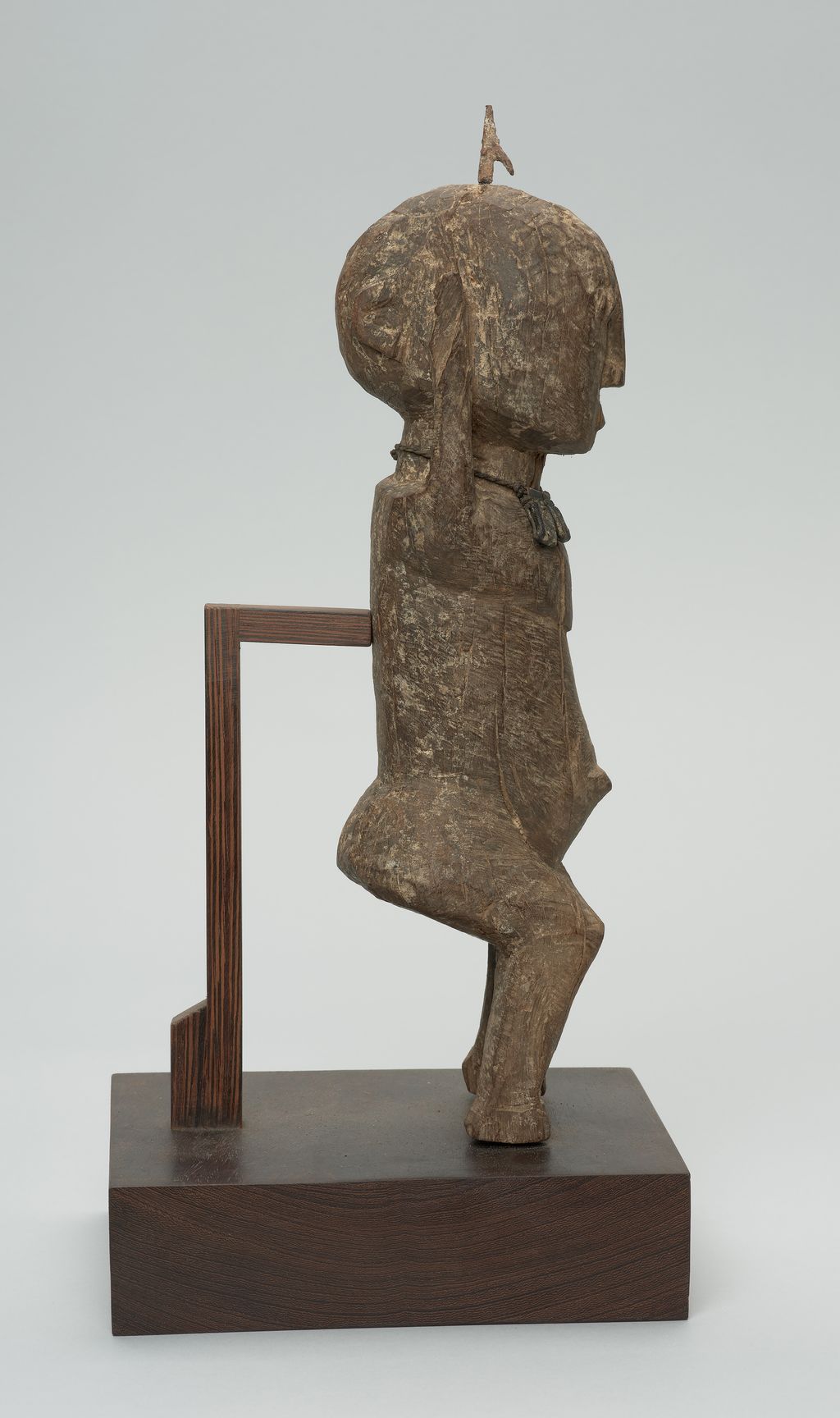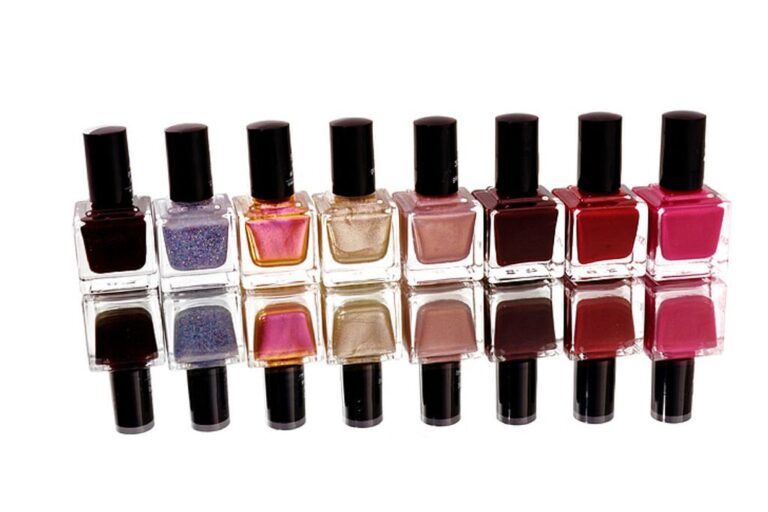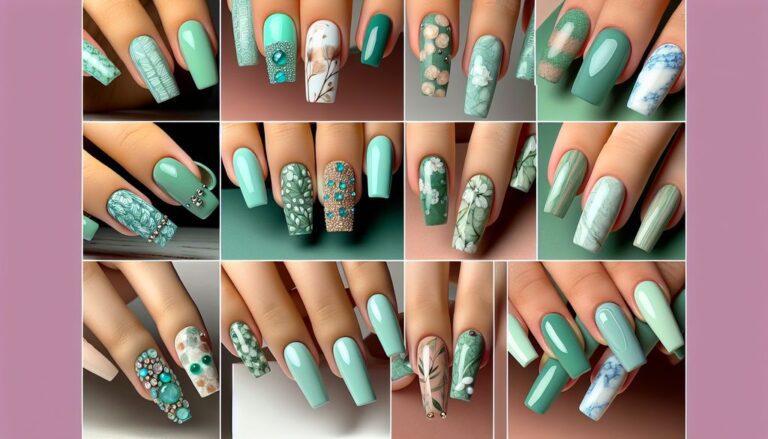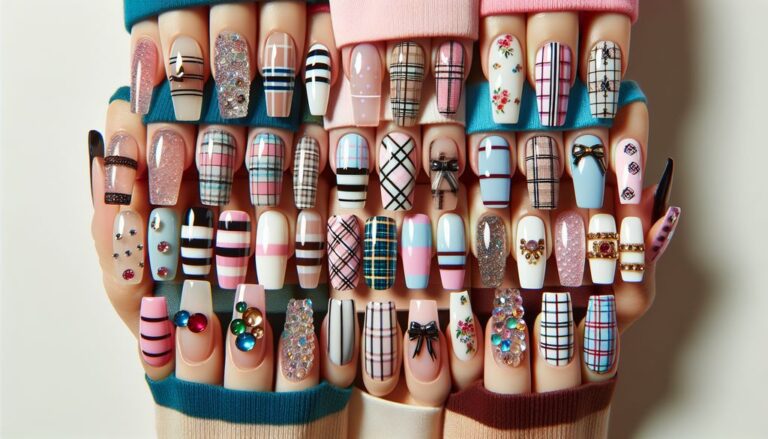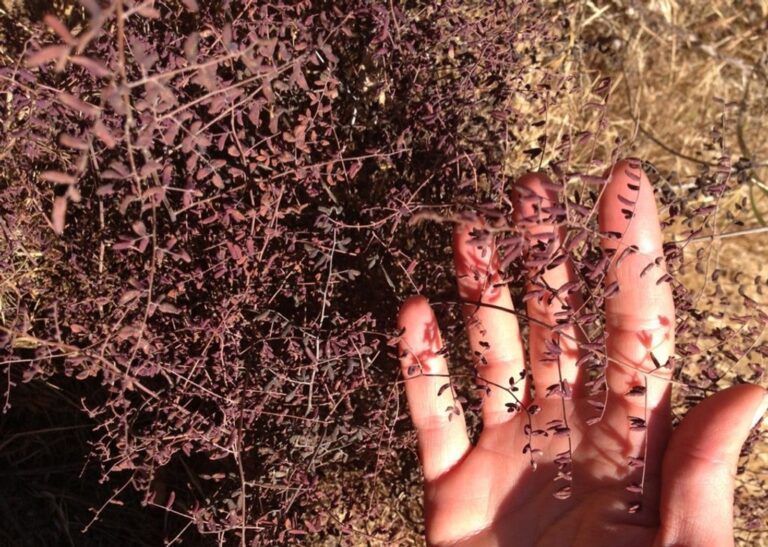“Nail Origins: When Were Nails Invented?”
Nails have played a crucial role in human history, serving as essential tools for construction, carpentry, and various other applications. In this article, we will delve into the origins of nails, tracing their evolution from ancient times to the modern era. By exploring the early history of nails, the medieval evolution of nail-making, the impact of the industrial revolution, and the state of modern nail manufacturing, we aim to uncover the fascinating story of this seemingly simple yet indispensable invention.
Key Takeaways
- Nails have been used since ancient times, with the Bronze Age marking the earliest known use of metal nails in construction.
- The medieval period saw significant advancements in nail-making techniques, leading to the establishment of nail-making guilds and the widespread use of hand-forged nails in Europe.
- The industrial revolution revolutionized nail manufacturing through the introduction of nail-cutting machines, paving the way for mass production and standardization of nails.
- Modern nails are made from a variety of materials and manufactured using advanced techniques, reflecting the global nature of the nail industry today.
- The evolution of nails mirrors the progress of human civilization, highlighting the significance of this seemingly simple yet indispensable invention in shaping our built environment.
Tracing the Roots: The Early History of Nails

Bronze Age Beginnings
The invention of nails dates back to the Bronze Age, a period marked by the discovery and utilization of bronze. During this era, the first simple nails were crafted by hand from this versatile alloy, signifying a significant advancement in construction and carpentry techniques. These early nails were typically made by cutting and shaping bronze sheets into thin, pointed rods, then hammering the flat end to create a head.
Craftsmen of the time valued nails for their strength and durability, which allowed for more permanent wooden structures and improved joinery. The use of nails in construction represented a move away from traditional wooden pegs and interlocking joints, paving the way for more complex and sturdy architectural designs.
- The process of making nails was labor-intensive and required skill.
- Nails were used in various applications, from building homes to constructing ships.
- The Bronze Age saw the spread of nail usage across different civilizations.
Tip: When examining ancient structures, the presence of nail holes can provide insights into the construction methods and tools used by early builders.
Iron Age Improvements
During the Iron Age, the craftsmanship of nail-making experienced significant advancements. The use of iron allowed for the production of stronger and more durable nails, revolutionizing construction and carpentry. This era marked a shift towards standardized nail sizes and shapes, streamlining the building process and ensuring structural integrity. Additionally, the development of specialized tools and techniques enhanced the efficiency of nail production, paving the way for the mass manufacturing of nails.
The Roman World and Nail Production
Following the advancements in nail production during the Roman era, the Medieval period saw further evolution in the craft of nail-making. In Europe, the process remained largely manual, with blacksmiths laboring to create nails one by one. This hand-forged method ensured that each nail was unique, though the process was time-consuming and labor-intensive.
Nail-making guilds began to emerge, closely guarding their techniques and methods. These guilds played a crucial role in maintaining the quality and standards of nails, which were essential for construction and other trades. Membership in these guilds was highly coveted, as it signified a certain level of skill and expertise.
Tip: When examining antique furniture or structures, the presence of hand-forged nails can often indicate the age and authenticity of the piece.
Medieval Times: The Evolution of Nail-Making

Hand-Forged Nails in Europe
In the medieval era, the craft of nail-making saw significant advancements across Europe. Blacksmiths became the artisans of small-scale ironwork, producing hand-forged nails that were both functional and durable. Each nail was individually crafted, making them unique in shape and size.
The process of creating these nails was labor-intensive, involving heating a piece of iron until it was red-hot and then hammering it into shape on an anvil. The pointed end was fashioned by tapering the heated metal, while the head was formed by striking the opposite end. This method required skill and precision, as the quality of the nail could be compromised with any misstep.
Quality varied greatly from one blacksmith to another, leading to a range of nails that could be simple and rough-hewn or more refined, depending on the maker’s expertise. Despite the lack of standardization, these hand-forged nails were in high demand for construction and shipbuilding.
Remember: The strength of a hand-forged nail lies in the blacksmith’s technique. Consistency in heating and hammering is key to producing a nail that can withstand the test of time.
Nail-Making Guilds and Their Secrets
In the labyrinth of medieval trade, the nail-making guilds stood as bastions of craftsmanship and economic influence. These guilds were more than mere associations; they were the keepers of secrets that ensured the quality and uniformity of nails. Guild members followed strict guidelines, which included the artisanal techniques for creating nails and the regulation of trade practices.
Guilds often imposed rigorous apprenticeships, ensuring that knowledge was passed down through generations. The mastery of nail-making was a guarded treasure, with secrets closely held within the confines of the guild’s walls. Here is a glimpse into the typical journey of a guild apprentice:
- Initial training under a master craftsman
- Learning the nuances of metalworking
- Mastery of the hand-forging process
- Understanding the economics of nail trade
- Swearing an oath to uphold the guild’s standards and secrets
Guilds not only shaped the quality of nails but also wielded considerable power in the local economies. They could influence prices and control the supply of nails, which were essential in construction and shipbuilding. The guilds’ ability to maintain high standards and their role in the economy were pivotal in the evolution of nail-making.
The Industrial Revolution: A Turning Point for Nail Manufacturing

Introduction of Nail-Cutting Machines
The introduction of nail-cutting machines during the Industrial Revolution revolutionized the nail manufacturing process. These machines enabled the mass production of nails, leading to a significant increase in efficiency and standardization. As a result, the production of nails became more streamlined and cost-effective, contributing to the widespread availability of nails for construction and other applications. The transition from hand-forged nails to machine-cut nails marked a pivotal moment in the history of nail manufacturing, shaping the industry as we know it today.
Mass Production and Standardization
The Industrial Revolution marked a significant shift in nail manufacturing, leading to mass production and standardization. This period saw the introduction of nail-cutting machines that revolutionized the industry, enabling faster and more efficient production. The standardization of nail sizes and shapes also played a crucial role in meeting the growing demand for nails in construction and other industries. This era laid the foundation for the modern nail industry, setting the stage for the use of contemporary materials and techniques.
Modern Nails: Materials, Manufacturing, and Uses
Contemporary Materials and Techniques
In the realm of modern nail production, a wide array of materials is utilized to meet the diverse needs of construction and manufacturing. Steel remains the most common material, prized for its strength and durability. However, other materials such as aluminum, brass, nickel, bronze, copper, and stainless steel are also available, each offering unique properties for specific applications. This diversity of materials allows for greater flexibility and adaptability in construction and design. Here’s a brief overview of the materials commonly used in modern nail production:
- Steel: Known for its exceptional strength and versatility, steel nails are widely used in various construction projects.
- Aluminum: Lightweight and corrosion-resistant, aluminum nails are ideal for outdoor applications and in marine environments.
- Brass and Copper: These materials are valued for their corrosion resistance and are often used in decorative and finishing applications.
- Stainless Steel: With its superior resistance to corrosion and staining, stainless steel nails are a popular choice for outdoor and high-moisture environments.
- Nickel and Bronze: These materials offer unique aesthetic qualities and are often used in specialty applications where appearance is a key consideration.
It’s important to select the right material for the job to ensure the longevity and performance of the finished product. When choosing nails, consider the specific requirements of the project and the environmental conditions they will be exposed to. As a general rule, matching the material of the nail to the material being fastened is crucial for achieving optimal results.
Tip: When working with different materials, be mindful of the potential for galvanic corrosion, especially in outdoor or high-humidity environments. Proper material selection and surface treatment can mitigate this risk and ensure the integrity of the fastened materials.
The Global Nail Industry Today
The global nail industry today is a thriving sector that encompasses a wide range of products and services. From nail polish to nail care tools, the industry has seen significant growth in recent years. With a focus on innovation and sustainability, manufacturers are constantly developing new materials and techniques to meet the evolving demands of consumers. Additionally, the market analysis reports a positive outlook for the future, with substantial growth projected in the coming years. This reflects the industry’s adaptability and resilience in the face of changing trends and consumer preferences.
Modern nails are a vital part of the beauty industry, with a wide range of materials and manufacturing techniques used to create stunning nail designs. From acrylics to gels, and from nail wraps to dip powders, the options for nail materials are endless. These modern nails are not only used for aesthetic purposes but also serve functional uses, such as protecting the natural nails and providing strength and durability. At NAILinspire.com, we are dedicated to providing the ultimate online nail art design library, where you can explore the latest trends, techniques, and inspirations for creating beautiful nail designs. Visit NAILinspire.com today to discover the endless possibilities for modern nail art.
Frequently Asked Questions
When were the first nails invented?
The earliest nails date back to the Bronze Age, around 3000 BC.
What materials were used to make nails in ancient times?
In ancient times, nails were made from materials such as bronze, iron, and later, steel.
How were nails made before the Industrial Revolution?
Before the Industrial Revolution, nails were hand-forged by blacksmiths using traditional methods.
What are modern nails made of?
Modern nails are made of materials such as steel, stainless steel, and aluminum.
What are the different types of nails used today?
Common types of nails used today include framing nails, finish nails, roofing nails, and concrete nails.
How has nail manufacturing evolved over time?
Nail manufacturing has evolved from hand-forging to mass production using advanced machinery and techniques.

